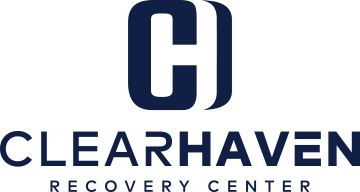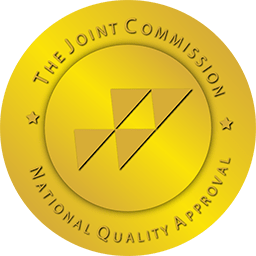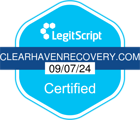MAT, or medication-assisted treatment, is an approach that focuses on the whole patient. The goal is to provide a comprehensive treatment involving medications, counseling, and behavioral therapies. FDA-approved medications are used in MAT, which is a clinically-based approach tailored to the patient’s needs. It is effective in treating a wide range of substance use disorders.
Treatment for disorders like addiction often involves a combination of medication and therapy. For some people struggling with addiction, medication-assisted treatment (MAT) can help sustain their recovery. MAT can also reduce the likelihood of opioid overdoses, and it can be an effective tool in your recovery journey if you’re considering it as a part of your treatment plan.
Treating Opioid Addiction
Although it’s most often associated with illegal drugs like heroin, addiction can also occur when taking certain prescription opioid medications. Opioids are pain relievers that act on the nervous system. They are commonly prescribed to treat moderate to severe pain, but they are addictive. When you stop taking opioids after becoming addicted, you may experience withdrawal symptoms. A combination of behavioral therapy and medication is used to combat addiction through medication-assisted treatment. Opioid addiction, including heroin and prescription pain relievers containing opiates, are treated with MAT. Medication can help to reduce withdrawal symptoms and cravings, making it easier for you to remain in treatment. Talk to your doctor if you’re struggling with opioid addiction.
Patients recovering from substance use disorders can benefit from medication in several ways. First, medication can help to regulate brain chemistry and restore normal function. Second, medications can block the euphoric effects of alcohol and opioids, making relapse less likely. Third, medication can relieve physiological cravings, making it easier for people to adhere to their treatment plans. Finally, medications can improve the efficiency of the body without having the negative and euphoric effects associated with substances like opioids. In short, a medication-based approach can play a significant role in recovery from any type of substance abuse, including opioid addictions.
How Effective is MAT?
Clinical studies have shown that MAT reduces the need for inpatient detoxification in these individuals. Through this program, patients receive a more comprehensive, individually tailored medication and behavioral therapy program. Using this approach has proven to be more successful in helping patients achieve and maintain sobriety than either method alone. It has also been shown to improve patient outcomes by reducing relapses, mortality, and criminal behavior. For all these reasons, this treatment modality should be considered as a first-line approach to the treatment of substance use disorders.
The goal of MAT is full recovery from substance use disorder and the ability to live a self-directed life. This treatment modality has been shown to improve survival rates, retain patients in treatment, reduce illicit opiate use and criminal activity, and improve birth outcomes for pregnant women with substance use disorders. MAT is an evidence-based approach that has been shown to be beneficial for patients with substance use disorders. This approach leads to better outcomes at lower costs. It has been found that MAT reduces the mortality rate for people addicted to opioids.
Medications Used for Opioid Dependency
The three medications used to treat opioid dependence are buprenorphine, methadone, and naltrexone. Methadone and buprenorphine are partial agonists, which means they sit on the same receptors in the brain as opioids but don’t produce the same “high.” They signal your brain to limit withdrawal symptoms but not enough to produce a high. The drug is an antagonist, which means it blocks the receptors in your brain that are activated by opioids.
As part of a comprehensive treatment plan that includes counseling and behavior changes, all three of these drugs can be used for months or years. People may even have to take them for the rest of their lives.
Medications Used to Reduce Risk of Overdose
Naloxone reverses the toxic effects of an opioid overdose. WHO considers it one of the essential medications for a functioning health care system. It is usually administered by injection, but it can also be administered by nasal spray.
Naloxone works by binding to opioid receptors in the brain and blocking them. This prevents opioids from binding to those receptors and causing toxicity. There are few side effects of this medication, and it can be used by both adults and children.
To learn more about opioid addiction treatment, please contact our consultants at 833.970.2054. We would be happy to help you or your loved one find the right MAT treatment plan.











